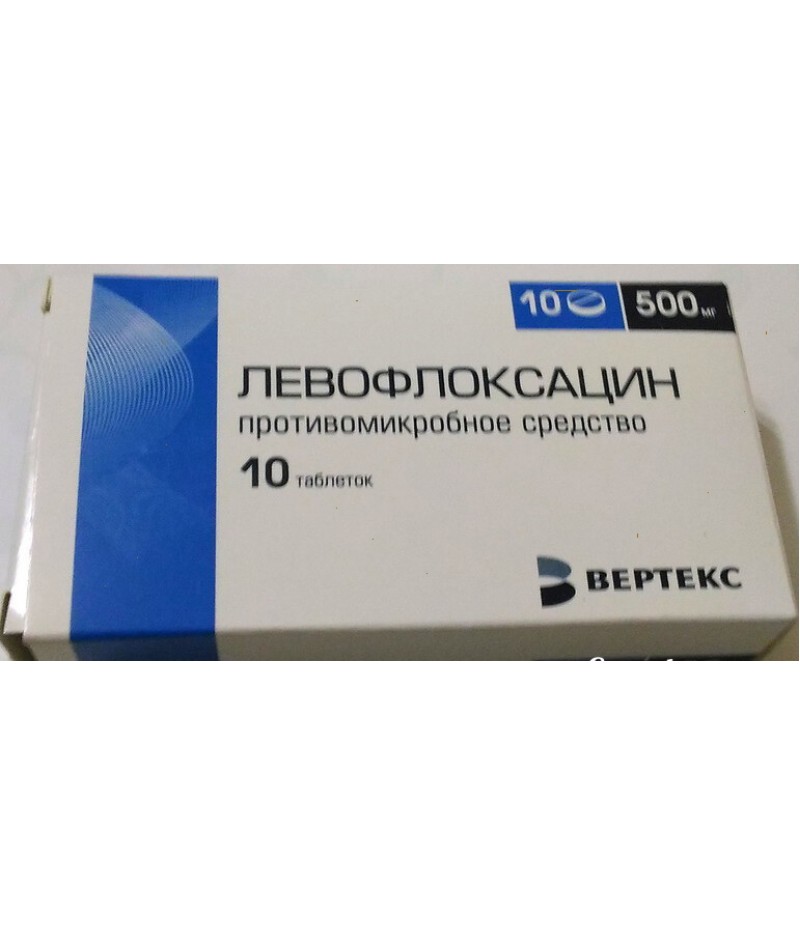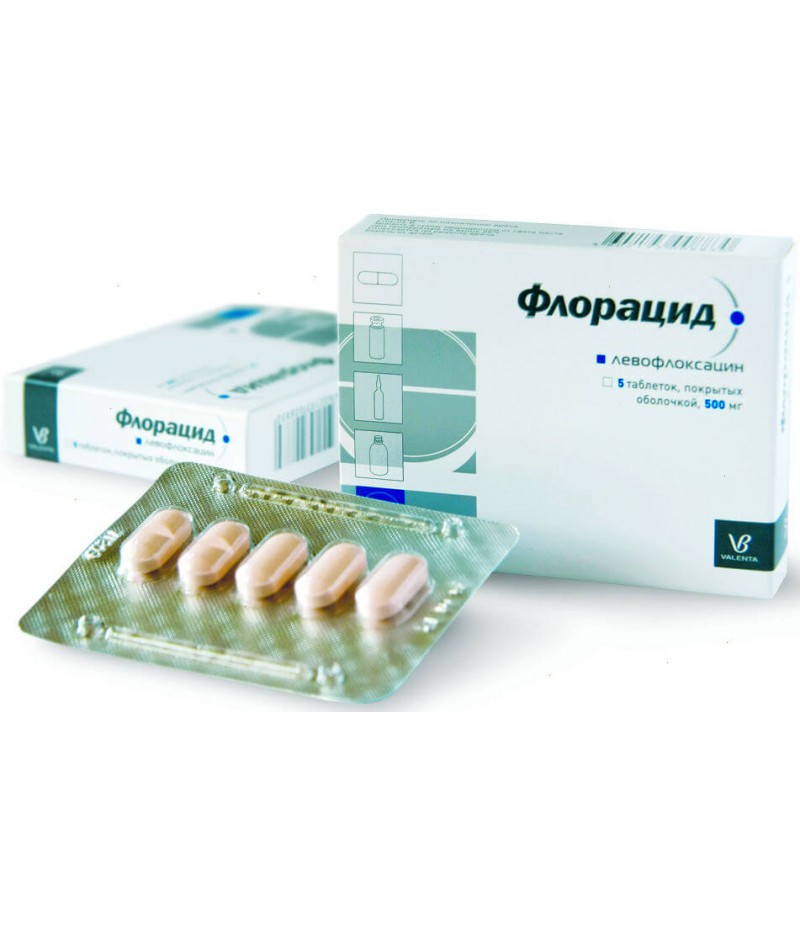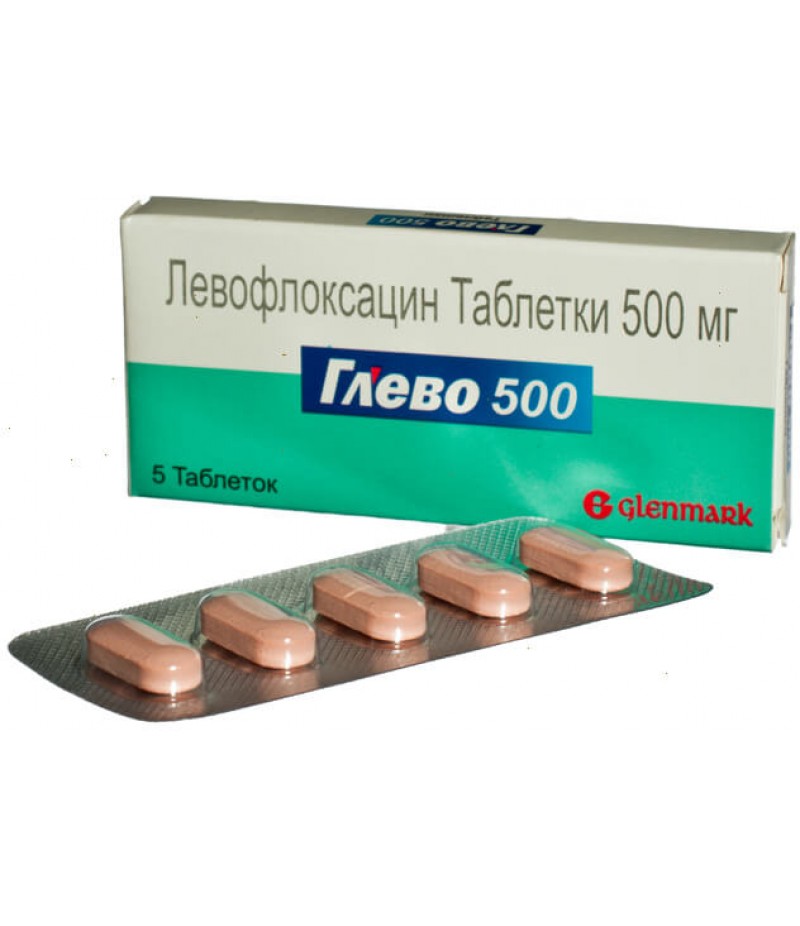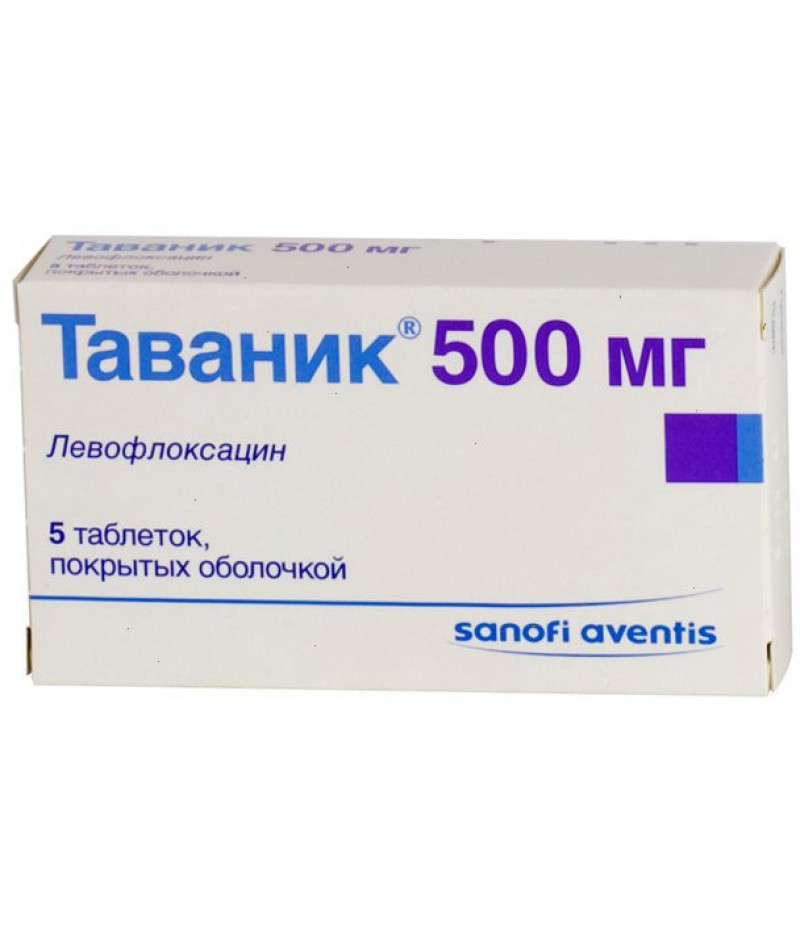Flexid tabs 500mg #5
- $17.99
- 3 or more $17.50
- Availability:In Stock
Flexid instruction for useYou can buy Flexid on this pageCompositionIn one pill antibiotic Flexid, depending on the form of release of the drug may contain 256.23 mg. or 512.46 mg. levofloxacin hemihy
Tags: tabs
Flexid instruction for use
You can buy Flexid on this page
Composition
In one pill antibiotic Flexid, depending on the form of release of the drug may contain 256.23 mg. or 512.46 mg. levofloxacin hemihydrate (active drug compound).
As so-called auxiliary substances in the composition of the drug, there are such compounds as: povidone, lactolose monohydrate, sodium carboxymethyl starch, talc, glyceryl dibehenate, anhydrous silicon dioxide (colloidal), and croscarmellose sodium.
The film membrane of Flexid contains yellow and red iron oxide, titanium dioxide, hypromellose and giprolose, talc, and also macrogol. The amount of the above-listed excipients and compounds included in the drug coating depends also on the form of release of the drug.
Form of issue
Such a preparation as Flexid is released in tablet form. One biconvex tablet of antibiotic with a risky drug on both sides of the drug, having an octagonal shape and differing in orange-pink color, may contain a dosage of 250 and 500 mg. active compound levofloxacin.
In one carton of the drug can be placed 1,2,3 or 5 blisters with 5.7 or 10 tablets containing 250 mg each. drug compound, as well as 1,2,3 and 5 blisters with 5.7, and 10 tablets of Flexida 500 mg each. each.
pharmachologic effect
This drug is distinguished by its pronounced bactericidal as well as antimicrobial pharmacological action of a wide spectrum.
Pharmacodynamics and pharmacokinetics
Since levofloxacin belongs to antibacterial compounds, the preparation has bactericidal properties that have a wide range of uses. The flexor blocks the topoisomerase, as well as the DNA-gyrase, thereby suspending the synthesis of new DNA struck by harmful microorganisms.
It should be particularly emphasized that this drug is active against the vast majority of harmful virus strains both in vivo and in vitro, i.e. as in the testing in the laboratory, and on living organisms, including man. The drug is used to inhibit the activity of gram-negative and gram-positive aerobic, as well as anaerobic microorganisms.
Flexid perfectly copes with resistant, moderately sensitive, methicillin-sensitive, penicillin-sensitive and ampicillin-sensitive, as well as so-called hospital infections, including those requiring combined therapeutic treatment, for example, Salmonella spp., Pseudomonas aeruginosa, Serratia spp. and others.
During scientific research it was proved that due to the peculiarities of the structure of levofloxacin, the use of the drug compound together with other antimicrobial agents does not provoke cross-resistance. When administered orally, Flexiide is quickly and almost completely absorbed into the stomach.
Its maximum concentration (C max) in blood plasma levofloxacin reaches after about 2 hours after direct administration of the drug. It is also remarkable that meals have very little effect on the rate of absorption of the active drug compound by the gastrointestinal tract. The drug is quickly distributed in the tissues of the body, and then metabolized and excreted by the kidneys.
Indications for use
The drug is indicated for use in infectious diseases that affect:
ENT organs, for example, sinusitis;
kidney;
lower respiratory tract (pneumonia, bronchitis and others);
urinary tract;
skin and soft tissues;
abdominal cavity.
In addition, levofloxacin is used in the complex therapeutic treatment of severe forms of tuberculosis.
Contraindications
Absolute contra-indications of Flexid are:
hypersensitivity to quinolones, as well as levofloxacin;
deficiency of the enzyme lactase, which is involved in the process of lactose hydrolysis;
pregnancy;
epilepsy;
hereditary lactose intolerance;
age to 18 years.
With extreme caution, this drug should be used in the treatment of patients suffering from:
diseases of the cardiovascular system;
renal failure;
diabetes mellitus;
lack of glucose-6-phosphate dehydrogenase;
seizures;
circulatory disorders;
porphyria.
In addition, follow the dosage of the drug and the schedule of its administration is for older people and patients who simultaneously with Flexid take medications that affect the brain, for example, Ibuphen or Theophylline, as well as drugs that interact with tubular secretion (cimetidine, probenecid and others ).
Side effects
During the use of the drug, the following side effects may occur:
an allergic reaction, manifested in the appearance of itching, rashes on the skin, dyspnea, angioedema, anaphylactic shock, urticaria, pneumonitis, erythema, and Stevens-Johnson syndrome and Lyell's syndrome;
diarrhea;
nausea;
decreased appetite;
sleep disturbance;
vomiting;
colitis;
hypoglycemia;
abdominal pain;
enterocolitis;
dispersion;
dizziness;
tremor;
headache;
lack of coordination;
decreased vision and hearing, as well as loss of charm;
tachycardia;
collapse of blood vessels;
convulsions;
hypotension;
arthralgia;
weakness in the muscles;
nephritis;
hypercreatininaemia;
thrombocytopenia;
anemia;
asthenia;
vasculitis;
fever;
rhabdomyolysis.
Flexid, instructions for use (Method and dosage)
The dosage of the drug, as well as the schedule of its administration, varies depending on the variety and severity of the disease, as well as the patient's state of health. However, according to the instructions for the use of Flexid, the drug is usually taken in 2 tablets in 250 mg. or 1 tablet in 500 mg. one or two times a day.
In severe cases, the dosage of the drug can be increased to a maximum of 1000 mg. per day. For patients suffering from impaired renal function, use an individual drug intake schedule, which depends on the level of Cl-creatine. Begin, for example, with a daily dose of 250 mg. Flexid, then after 24 hours take another 500 mg. active drug compound and the same after another 12 hours.
It should be remembered that with the simultaneous use of antacids, which contain sucralfs, iron salts and aluminum, Flexid should be taken at least two hours before or after the prescribed medications. The duration of treatment is determined by the doctor, however, continue taking the drug for up to 72 hours after the disappearance of the main symptoms of the disease.
Overdose
Symptoms of an overdose of this drug are:
confused consciousness;
convulsions;
nausea;
tremor;
loss of consciousness;
hallucinations;
erosion of the mucous membrane of the digestive tract.
To eliminate the effects of Flexid overdose, patients are prescribed drugs that belong to the group of antacid medicines, and adjust the dosage of the antibiotic or completely stop using it.
Interaction
Absorption of the active drug compound contained in the Flexid composition reduces substances such as aluminum, iron salts and magnesium. Bioavailability of the drug reduces sucralfate. In addition, the concentration of levofloxacin in the body increases by 13% with the simultaneous administration of Fenbufen and Flexid, which can lead to an overdose.
The toxin influences prothrombin time, i.e. on the coagulability of blood when used in conjunction with drugs containing in its composition antagonists of warfarin or vitamin K. In addition, this drug increases by 33% the level of T1 / 2 cyclosporine.
Storage conditions
During the shelf life of the drug, it should be stored in an inaccessible place for children and monitor the temperature regime, which should not exceed 25 ° C.
Shelf life - 3 years.
special instructions
Flexid is taken at least 2 hours before or after medications containing in its chemical composition sucralfate, iron salts, and also preparations related to antacids. With the simultaneous use of this drug and warfarin antagonists (vitamin K), it is necessary to monitor blood coagulation parameters in patients.
Rarely, however, there are cases when the drug treatment leads to rupture of Achilles tendons or ligaments. As a rule, this manifests itself within the first 48 hours that have elapsed since the beginning of the use of the drug. An increased risk of developing such a disease as tendonitis occurs with the use of Flexid by elderly patients, as well as with the simultaneous administration of GCS.
When the symptoms of tendonitis should immediately stop using the drug and in order to avoid complications, proceed to treatment of the disease. When such a side effect of the drug appears, such as diarrhea, patients should consult a doctor to avoid diseases caused by a harmful microorganism of the genus Clostridium difficile, for example, pseudomembranous colitis.
When taking Flexid, natural or artificial UV radiation should be avoided. In addition, it is necessary to be cautious or to completely abandon the activity, which requires increased concentration of attention, for example, driving a vehicle.
Analogues of Flexid
To the basic analogues of Flexid (500 or 250 mg.), The following preparations having the similarity with the given drug in the chemical composition and effect on the human body:
Glevo;
Levofloxacin;
Tavanik;
Floracyd.
Children
The drug is not recommended for use during therapeutic treatment of patients who are under 18 years of age.
With alcohol
In order to avoid a decrease in the effectiveness of the drug when taking Flexid, as with other drugs related to antibiotics, alcohol should be avoided.
During pregnancy (and lactation)
Flexid is not recommended for use during pregnancy and during breastfeeding.
Reviews of Flexid
In the overwhelming majority of cases, patients are satisfied with the effectiveness of the drug and therefore leave positive feedback on Flexid (500 or 250 mg.). However, some people, as a negative factor, note an extensive list of side effects that may occur during the use of the drug.







